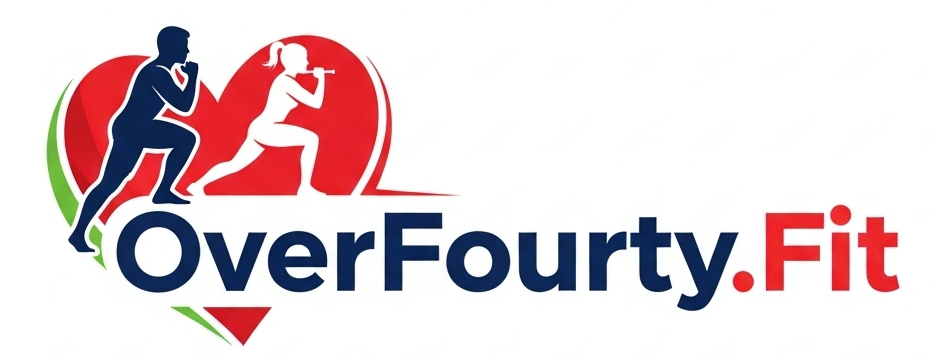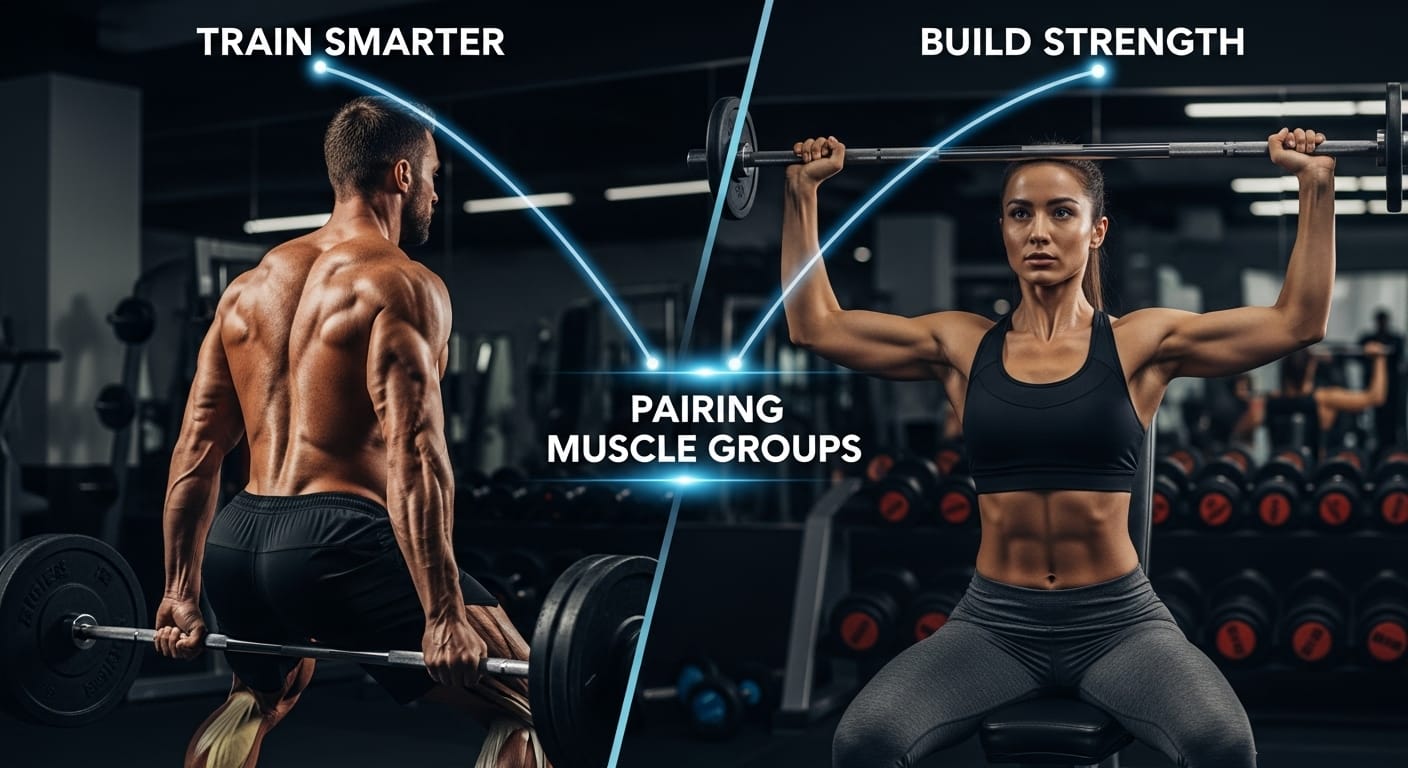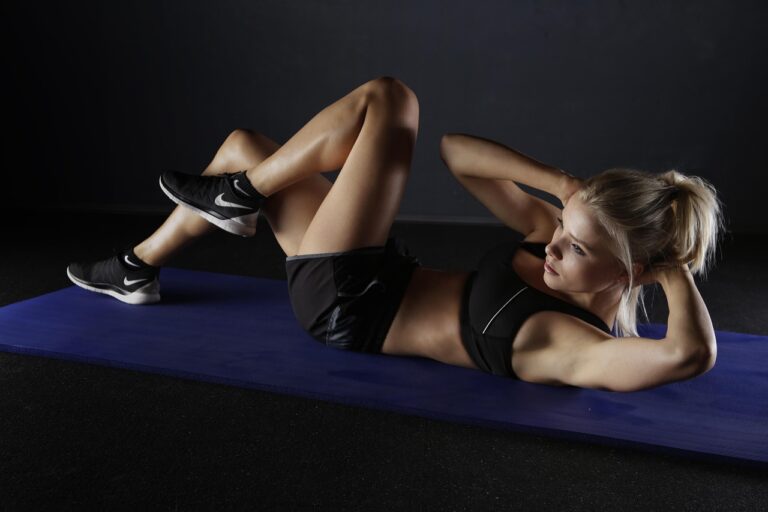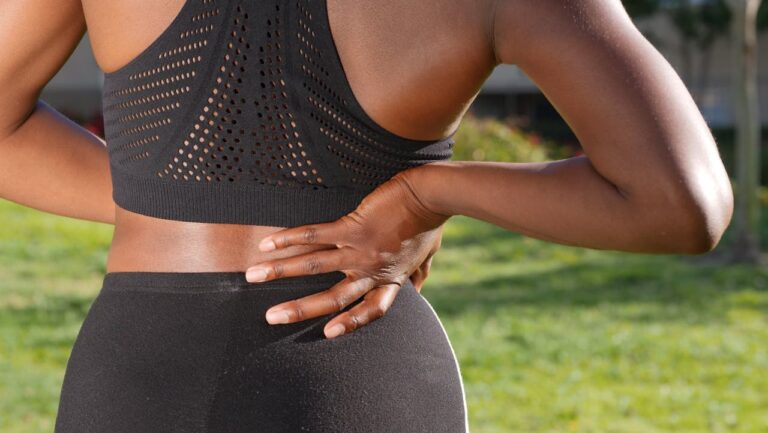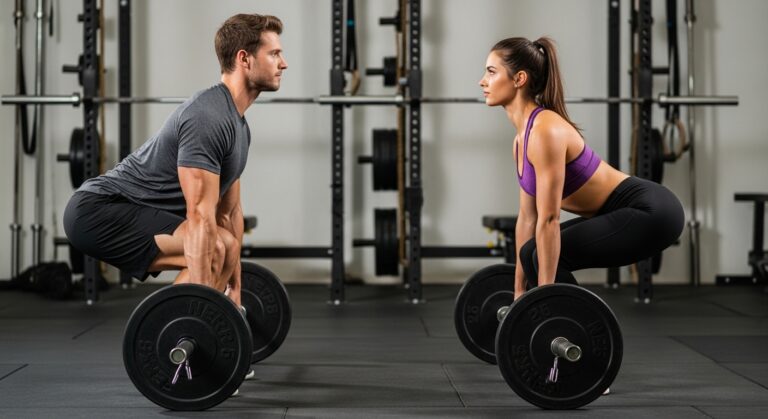What Muscle Groups Should You Work Out Together?
The best muscle groups to work out together are chest and triceps, back and biceps, legs and glutes, and shoulders with core. Pairing muscle groups strategically helps you train smarter, save time, and build strength more efficiently.
Why Combining Muscle Groups Matters
When you design a strength training routine by pairing muscles, you:
- Train more efficiently with a structured weekly workout plan
- Balance your upper body vs lower body workouts
- Reduce the risk of overtraining muscles
- Improve performance in compound exercises like squats, bench press, and pull-ups
For example, a push day workout usually combines chest and triceps, while a pull day focuses on back and biceps exercises.
Best Muscle Groups to Work Out Together
1. Chest and Triceps
- Both are pushing muscles.
- Bench press, push-ups, and dips engage them naturally.
- Ideal for push day workouts.
2. Back and Biceps
- Both are pulling muscles.
- Rows, lat pulldowns, and pull-ups target them together.
- A key part of pull day workouts.
3. Shoulders and Abs (Core)
- Shoulder stability relies on strong abs.
- Overhead press and planks work well together.
- Builds a balanced upper body workout split.
4. Legs and Glutes
- Squats, lunges, and deadlifts recruit both.
- Improves athletic performance and posture.
- Forms the foundation of a leg day workout.

Sample Workout Splits
Here’s how you can structure your gym workout schedule:
| Split Type | Example Muscle Group Pairing | Best For |
|---|---|---|
| 3-Day Split | Day 1: Chest & Triceps Day 2: Back & Biceps Day 3: Legs & Core | Beginners |
| 4-Day Split | Day 1: Push Day (Chest & Triceps) Day 2: Pull Day (Back & Biceps) Day 3: Shoulders & Abs Day 4: Legs & Glutes | Intermediate |
| 5-Day Split | Day 1: Chest Day 2: Back Day 3: Legs Day 4: Shoulders Day 5: Arms & Core | Advanced lifters |
This mix of push and pull workouts ensures balance and recovery.
Common Mistakes to Avoid
- Training the same muscle group on back-to-back days
- Ignoring compound exercises like squats or bench press
- Overtraining smaller muscles like biceps and triceps
- Not leaving enough recovery between workouts
- Choosing an unrealistic workout split that doesn’t fit your lifestyle
Conclusion About Best Muscle Groups to Work Out Together
Bottom line: pairing chest with triceps, back with biceps, legs with glutes, and shoulders with core is the most efficient way to train and recover. Choose a split that fits your week, then stick with it long enough to see progress.
- Pick your plan: 3 days, 4 days, or 5 days per week based on time and recovery.
- Lead with compound lifts, add 1 to 2 accessory moves per muscle.
- Aim for about 8 to 12 hard sets per muscle group each week, leave 1 to 2 reps in reserve.
- Rest each muscle group 48 to 72 hours before you train it again.
- Support training with protein at roughly 0.7 to 1.0 grams per pound of body weight, good hydration, and 7 to 9 hours of sleep.
- Track weights and reps, add small increases when you can, and adjust volume if performance or recovery stalls.
If you keep the pairings simple, recover well, and progress your loads, you will build strength and muscle without wasting time.
FAQs About Best Muscle Groups to Work Out Together
Which muscle groups should not be trained together?
Avoid training chest and shoulders on the same day too often. Both rely heavily on pressing movements, which can lead to overuse and slower recovery.
Is it better to do full-body or split workouts?
Full-body workouts are great for beginners or busy people. Split routines are better for advanced lifters who want to target specific areas and train more frequently.
Can I train abs every day?
Abs need recovery, too. It’s best to give them 24–48 hours between sessions, just like other muscle groups.
What is a push-pull-leg split?
A push-pull-leg split groups pushing muscles (chest, shoulders, triceps), pulling muscles (back, biceps), and the lower body (legs, glutes). It’s one of the most effective training schedules.
How do I prevent overtraining muscles?
Stick to a balanced weekly workout plan, include rest days, and avoid hitting the same group two days in a row.
What muscle pairs work together?
The most common muscle pairs that work well together in a workout are chest and triceps, back and biceps, and legs and glutes. These pairings follow the natural push-pull movements of the body, making your training more efficient and balanced.
What is the 3/2/1 rule in the gym?
The 3/2/1 rule in the gym is a training and nutrition guideline that suggests eating three meals, two snacks, and one gallon of water per day. It’s often used to support consistent energy, recovery, and hydration for people following a structured workout plan.
What is the 3-3-3 rule in the gym?
The 3-3-3 rule refers to a simple workout structure: three exercises, three sets each, and three rounds per workout. It’s designed to create a balanced and time-efficient training routine, especially for beginners.
What is the 5 4 3 2 1 workout method?
The 5-4-3-2-1 workout method is a circuit-style training format where you complete 5 minutes of cardio, 4 minutes of strength, 3 minutes of core, 2 minutes of high-intensity intervals, and 1 minute of stretching or cooldown. It’s a quick way to hit multiple fitness components in one session.
